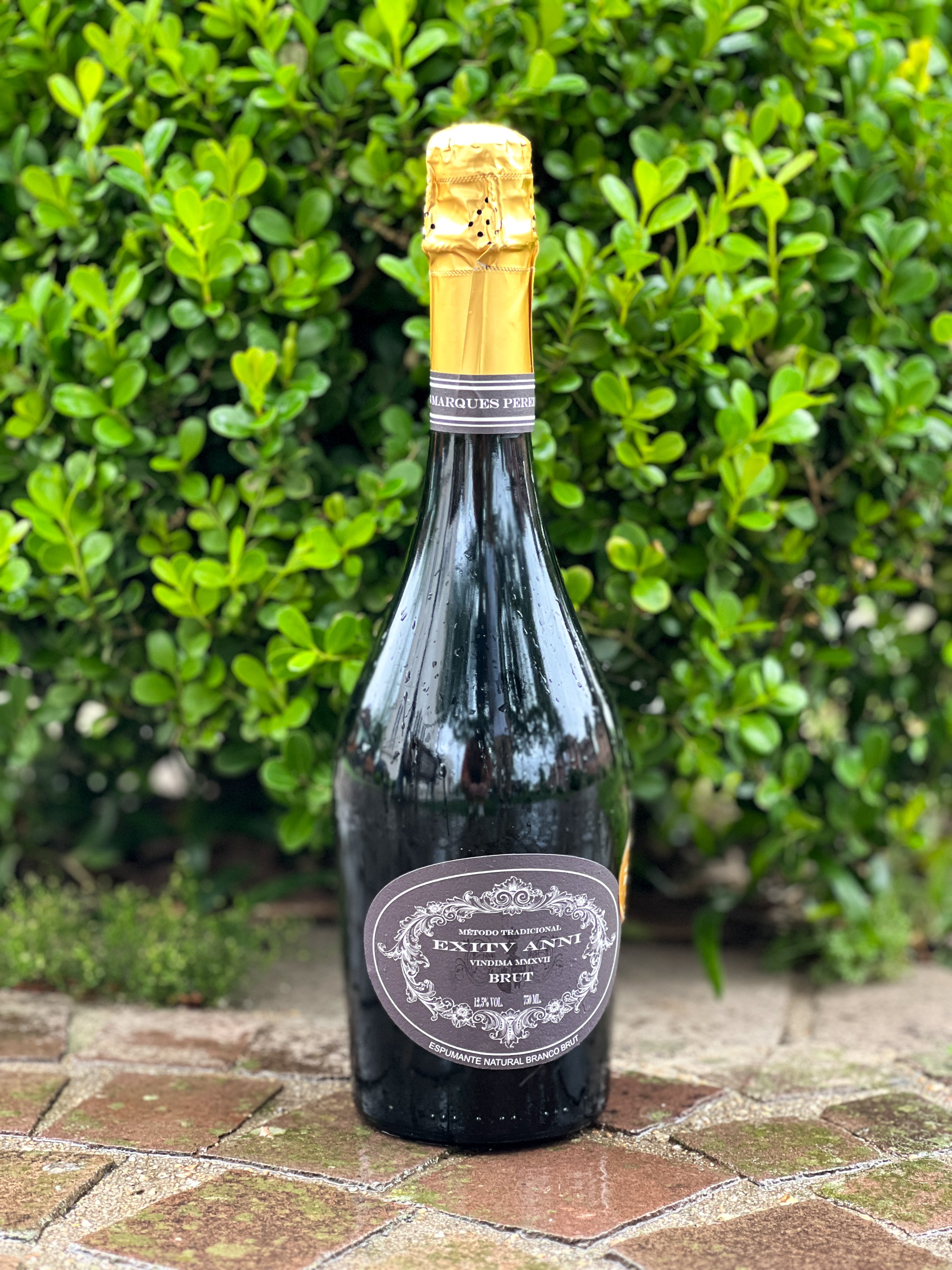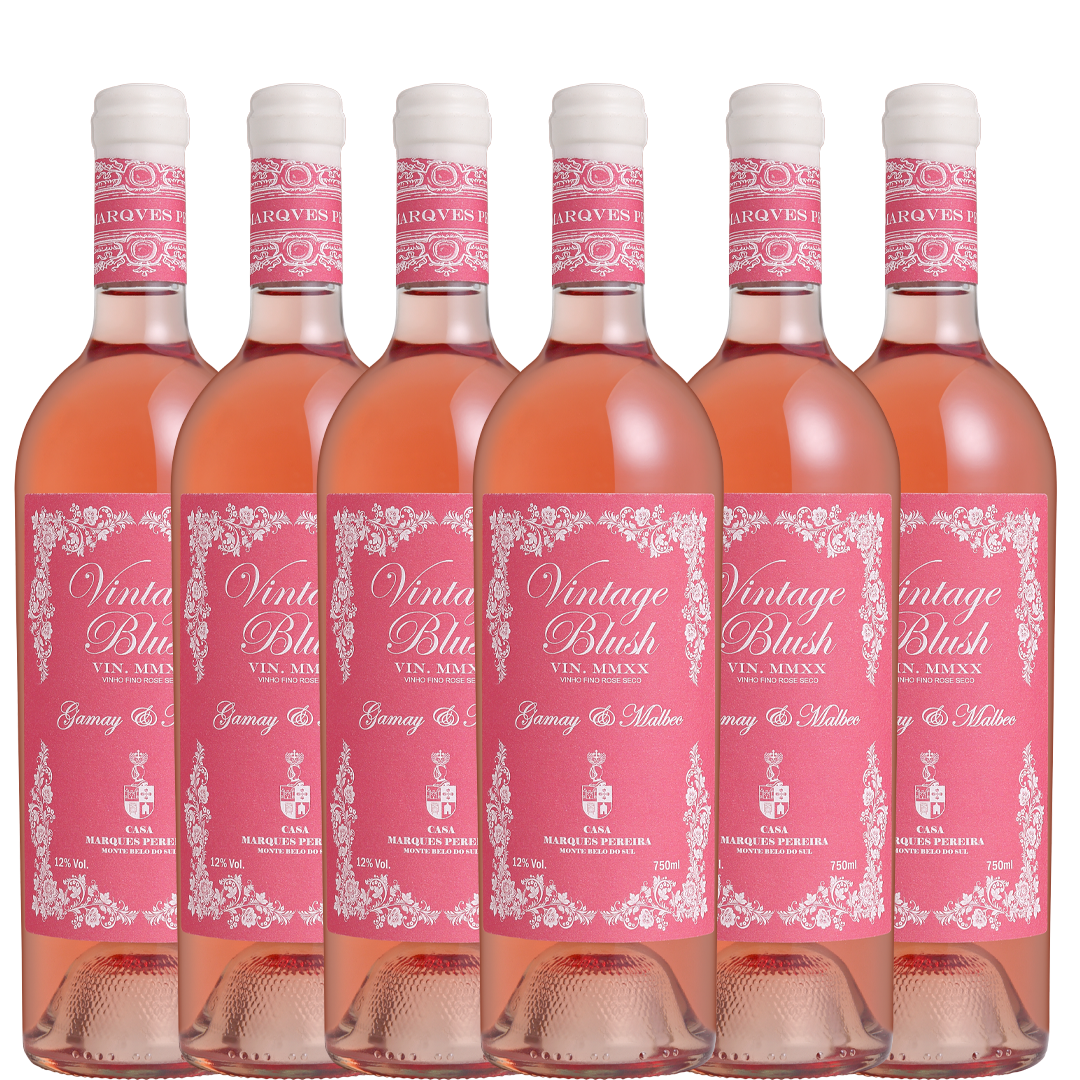How to store wine correctly
Research, search, visit, taste. Building your wine collection takes time, so how can you prevent your precious acquisitions from suffering until the moment you uncork them?
Why is wine storage important?
Before reaching your doorstep, each bottle of wine has traveled a long journey, some patiently waiting years for this moment. From the vineyard to the winery, from the tank to the barrels, from the bottles to the aging cellars. Care at each stage is essential to ensure that the best of the grapes is expressed.
As we saw in this post , the fact that the wine has been bottled does not mean that its process is complete; quite the contrary, a series of reactions now begins that will give the precious liquid its final characteristics. And, just as important as the winemaking process is the storage of the bottles in a suitable place that will offer your wine a safe stay to develop without haste.
Don't worry if you don't have a climate-controlled wine cellar or some underground cellar available to store your treasures; all you need is a corner that respects the tips below, and then you can relax knowing your wines will be safe.
Where should I store the bottles?
Given that wine is constantly evolving, it's essential to ensure that external elements don't negatively affect it. Red, white, and even sparkling wines share the same enemies (or friends) that require attention.
Temperature: Certainly the number one enemy of wine, high temperatures can severely compromise the quality of your wine in a short period of time. Most experts point to 13°C as the perfect range, but anything between 8 and 14°C will guarantee the necessary stability. Keeping your wine in a conventional refrigerator can be an alternative for a few days, but the low humidity, vibration, and the oscillation from opening and closing the door can compromise your product.
Light: Lights off! Your wine doesn't like sunlight; this is, in fact, one of the reasons why red wine bottles are dark green or brown—they act as a UV filter, preventing these rays from causing premature aging. Even incandescent or fluorescent lights can have a negative effect if exposure is prolonged.
Humidity: Ideally, the environment should be kept well-ventilated, avoiding very high humidity levels that can promote mold growth on the cork. Very low humidity can dry out the cork, resulting in potential leaks. Any humidity level between 50% and 80% is considered safe.
Vibration: Even though it might seem a bit nitpicky, some theories suggest that vibrations can accelerate the natural chemical processes of wine, reducing its shelf life. However small the impact, it's worth paying attention to.
Investing in a climate-controlled wine cellar is undoubtedly a great idea to protect your collection, but until then, if you have any space in a garage, pantry, or even an unused wardrobe that meets these conditions, claim the territory and make it your personal cellar.
How should I store the bottles?
Wine is typically protected from the external environment by two fundamental elements: the glass of the bottle and the cork. For some special wines, which have aging potential, an extra layer of wax may be used instead of the capsule.
In any case, it's important to remember how corks can suffer in very dry environments, and, even though it's a much-discussed topic, keep your white and red wines in a horizontal position to keep the cork hydrated and, at the very least, make more efficient use of space. The exception is sparkling wines, which can be kept vertically without compromising their quality.















